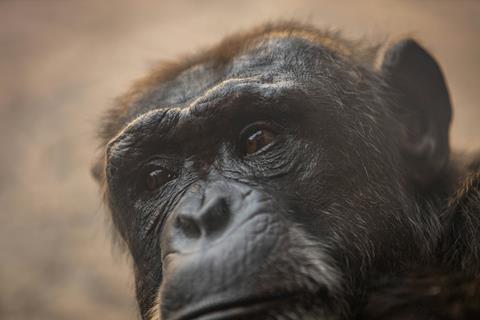Scientists at the MRC-University of Glasgow Centre for Virus Research (CVR) have enhanced our understanding of Cytomegalovirus (CMV) evolution.

Research from Ulad Litvin and colleagues at the University of Glasgow sheds light on the complex evolutionary relationships of the RL11 gene family in CMVs, a subject that has remained poorly understood due to the extreme diversity of these genes across different CMV species.
READ MORE: Vaccine shows promise against CMV, a virus that causes birth defects
READ MORE: Scientists find an unusual weapon against human cytomegalovirus
CMVs are a genus of herpesviruses that infect many primate species, such as New and Old World monkeys and great apes, including humans. The RL11 gene family, found only in CMVs, has intrigued researchers for years because of its importance in evading host immunity and high variability across CMV species and genotypes. Until now, little was known about how these genes evolved and acquired functions crucial for the success of CMVs as latent viruses causing lifelong infection in their hosts.
The team set out to solve this mystery by reconstructing the evolutionary history of the RL11 genes, aiming to uncover when these genes emerged and how they evolved across different CMV species.
Evolutionary relationships
To explore the evolutionary relationships of the RL11 gene family, the researchers used cutting-edge bioinformatics and phylogenetic tools. They began with in silico genome screening, a powerful method that allowed them to identify and compare RL11 genes across various CMV genomes. This was followed by sequence-based and structure-guided phylogenetic analysis to construct evolutionary trees and trace the origins and relationships of these genes.
The team discovered that RL11 genes are exclusive to CMVs found in Old World monkeys and great apes, confirming their unique evolutionary path. The study further revealed that this gene family evolved through a series of early duplication events, followed by lineage-specific losses, suggesting a complex evolutionary history driven by host-virus interactions.
Insights into coevolution
This research provides crucial insights into the coevolution of CMVs and their hosts’ immune systems. By understanding the evolution of the RL11 gene family, researchers can gain a better grasp of how CMVs acquired the ability to evade primate immune defences and persist for life. These findings have the potential to inform future research on CMV-related diseases and the development of antiviral therapies.
This study, published in Virus Evolution, is a significant step forward in the field of viral evolution and may open new avenues for exploring how viruses adapt to their hosts over millions of years.







No comments yet